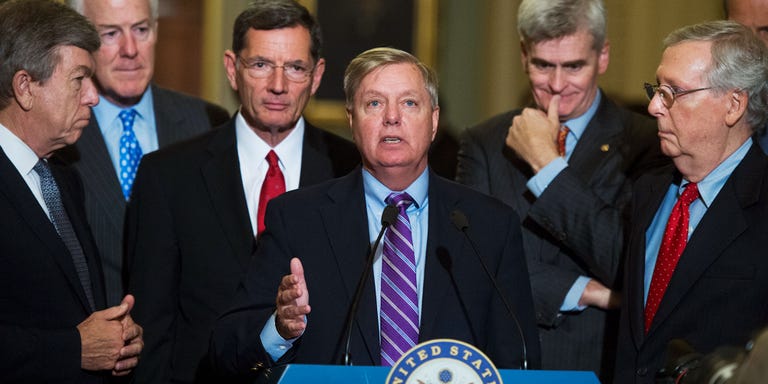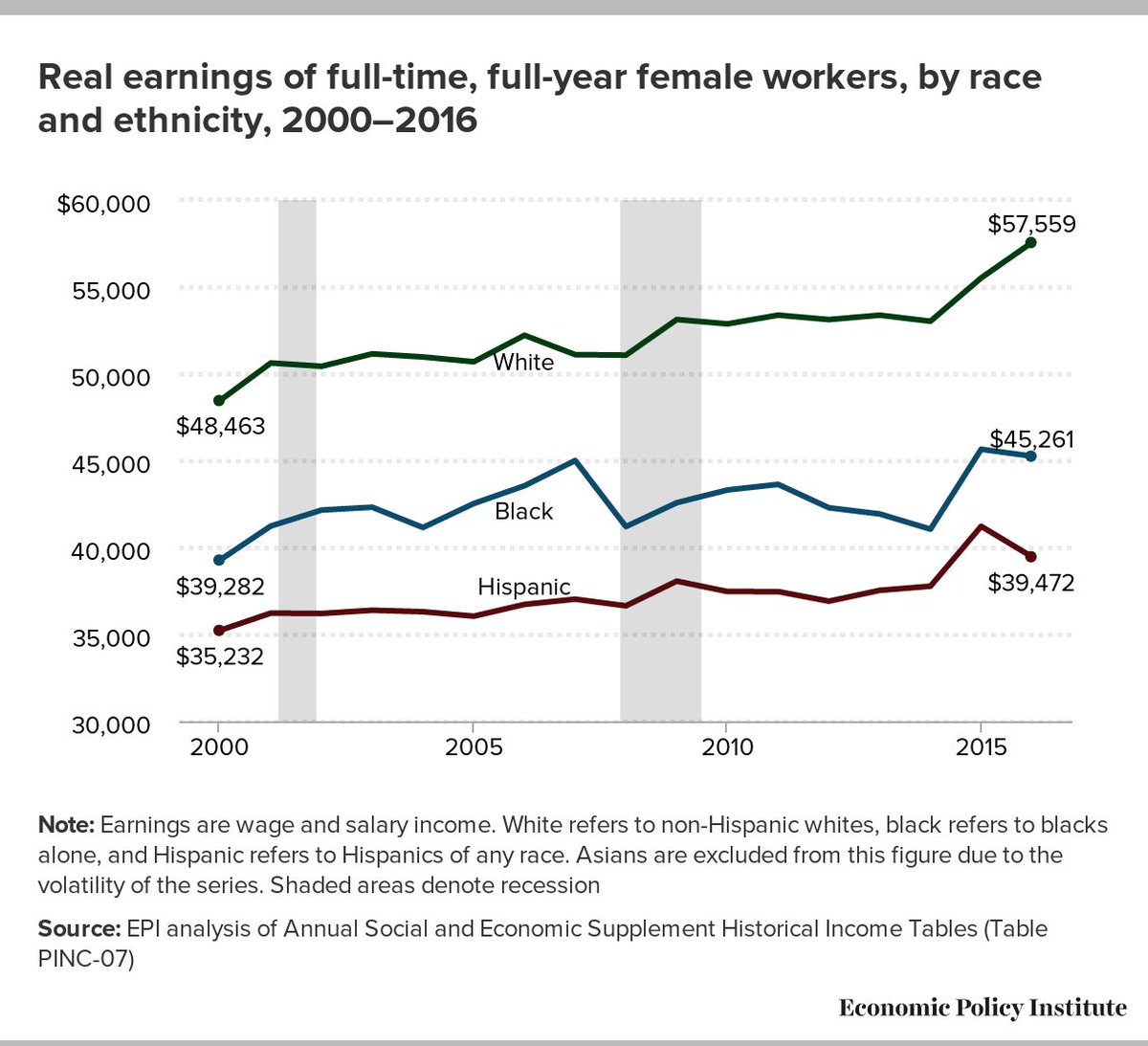Vox
The bait and switch at the heart of the new Obamacare repeal bill
Graham-Cassidy is being sold as giving states flexibility. But it hugely cuts health care spending.
by Andrew Prokop September 20, 2017

As Sens. Lindsey Graham (R-SC) and Bill Cassidy (R-LA) try to wrangle Senate votes for their Obamacare repeal bill before September 30, they’re relying on one argument most of all: Their bill, they say, will give much more flexibility to individual states to figure out how to make health care work.
Cassidy and Graham like to emphasize that their bill would roll back Obamacare’s spending and regulations and would instead simply send states money in a block grant. States, they say, would be free to figure out how to use that block grant money however they see fit — they’d be able to experiment with their own approaches. Even moderate Republicans are likely tempted by an argument like that.
Here’s the catch: The bill doesn’t just move around Obamacare’s spending. It severely cuts federal spending on health care overall — both for Obamacare and for traditional Medicaid. And since covering people costs money, the result will inevitably be that millions of people will lose coverage.
The Graham-Cassidy bill is essentially a Trojan horse for these dramatic cuts on health spending that Republican leaders have been pushing all along. Three features of the bill in particular make this clear:
1) The bill dramatically cuts and restructures traditional Medicaid. Like previous Obamacare repeal bills Republicans have put forward, Graham-Cassidy goes far beyond just rolling back Obamacare, to instead restructure the finances of the Medicaid program as a whole.
It does this by converting Medicaid to a “per capita cap” system, in which the federal government would no longer commit to open-ended funding to help states afford enrollees’ health bills. Instead of matching the money states spend on Medicaid enrollees, the federal government would provide a set amount of money to states to spend on recipients.
Using numbers from previous Congressional Budget Office scores, the Center on Budget and Policy Priorities estimates that this proposal would cut about $175 billion from traditional Medicaid between 2020 and 2026. Experts argue that per capita caps also give states incentives to kick more expensive patients off Medicaid or roll back coverage.
2) In turning Obamacare’s spending into a block grant, Cassidy and Graham aren’t just redistributing it — they’re reducing it: In theory, it would be possible to restructure Obamacare’s existing spending into block grants for states — and even to distribute it differently among states — without cutting spending overall.
But that’s not what Graham-Cassidy does. Per CBPP’s analysis, the way the bill’s block grant formula is designed, it would dole out “$239 billion less between 2020 and 2026 than projected federal spending for the Medicaid expansion and marketplace subsidies under current law.”
Cassidy has tried to dismiss the CBPP numbers as coming from a liberal think tank. But since the CBO hasn’t released its analysis yet — and won’t have time to before Senate Republicans’ September 30 deadline — these are the outside numbers we have to work with.
3) The new block grant ends entirely after 2026, and there is nothing to replace it afterward. Yes, the vaunted block grants that Graham and Cassidy say will give states such flexibility have a built-in expiration date. They have claimed that this is because of the Senate’s budget reconciliation rules, though it’s not clear how or whether that’s true.
The practical effect, though, would be to set up a major fight several years down the road about whether these block grants should be continued at all, or whether they should be reduced even further. And since the default outcome if no action is taken is for the block grants to vanish, conservatives who want even deeper spending cuts will have the advantage in this showdown.
We can see the CBPP’s estimated impact of these three provisions together in the below chart:

Center on Budget and Policy Priorities
From 2020 to 2026, there will be cuts from the transformation of Obamacare funding into a smaller block grant (in dark red) and the restructuring of traditional Medicaid (in pale red). Then in 2027, the block grants disappear entirely, meaning enormous cuts unless Congress manages to agree on a deal to continue them.
So the argument about giving states “flexibility” leaves out a whole lot. Less money would be available to states overall in those newly flexible block grants, and on top of that, traditional Medicaid would be cut — which clearly points toward millions losing coverage overall. And that’s even before the whole system is set to fall off a cliff in 2027.
With all this in mind, Graham-Cassidy looks a whole lot like all the previous GOP Obamacare repeal bills this year. At its core, it’s basically another way to cut hundreds of billions in federal health spending and toss millions off coverage.



 Getty
Getty Getty
Getty
 Petrobras oil refinery plant in Pasadena, Texas. (CREDIT: AP Photo/Frank Bajak)
Petrobras oil refinery plant in Pasadena, Texas. (CREDIT: AP Photo/Frank Bajak) Marie Cusick / StateImpact Pennsylvania
Marie Cusick / StateImpact Pennsylvania AP Photo/David Goldman
AP Photo/David Goldman
 Houston is home to about 575,000 undocumented immigrants, the third largest population in the United States. Getty
Houston is home to about 575,000 undocumented immigrants, the third largest population in the United States. Getty There have been dozens of Hurricane Harvey-related deaths since it made landfall in Texas over the weekend. Getty
There have been dozens of Hurricane Harvey-related deaths since it made landfall in Texas over the weekend. Getty Houston’s Gallery Furniture store took in families like Maria’s Sunday night. Getty
Houston’s Gallery Furniture store took in families like Maria’s Sunday night. Getty